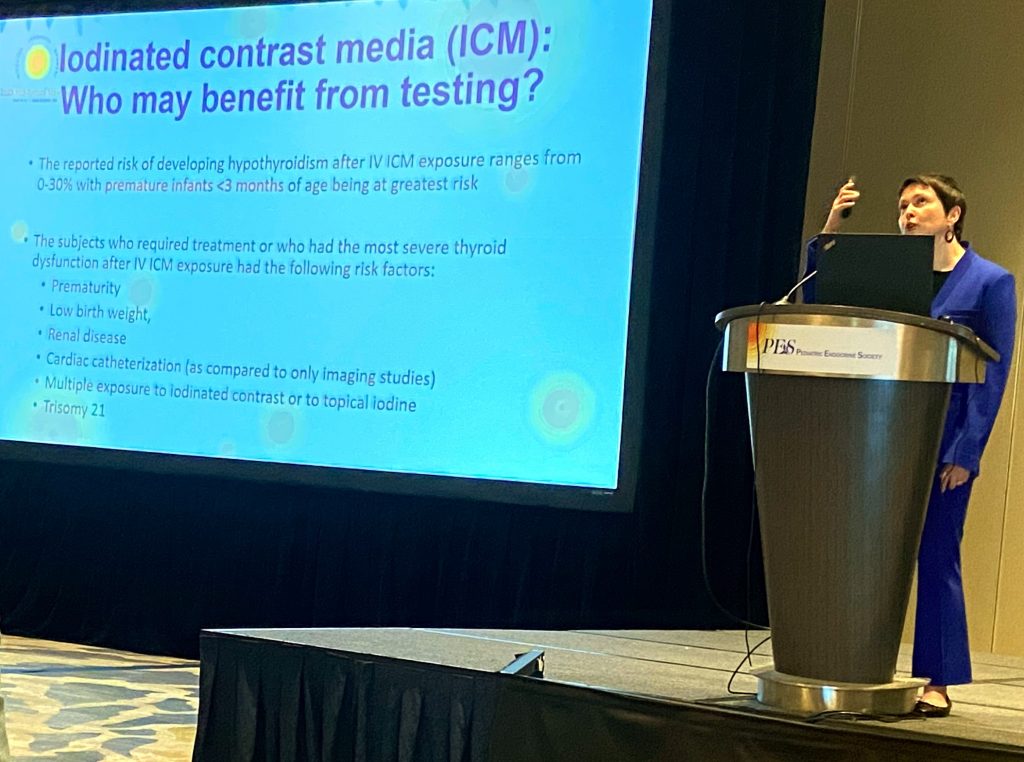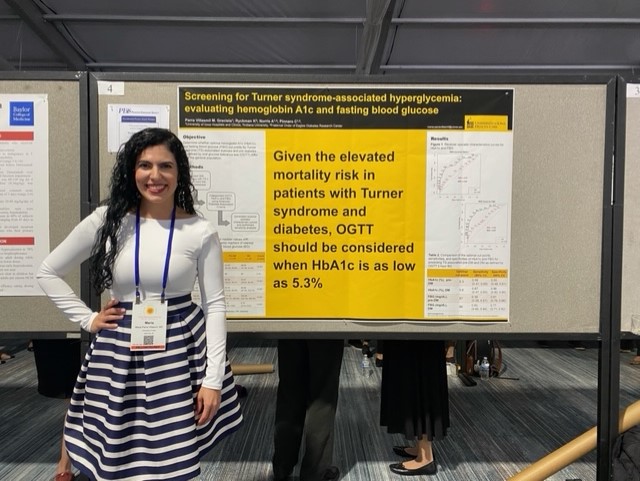
Please join me in congratulating Dr. Lauren Kanner for her well earned promotion!! In brief, Dr. Kanner has been promoted from Assistant to Associate Professor in recognition of her clinical expertise, her dedication to teaching, her compassion as a physician, and her national recognition as a rising expert in the clinical care of adolescents with ovarian issues. She joined the University of Iowa Hospitals and Clinics in 2018, having just completed a pediatric endocrine fellowship at the University of Wisconsin. During fellowship she began to cultivate expertise in the diagnosis and treatment of ovarian hormonal conditions. She has spearheaded several new clinical initiatives at the University of Iowa, including initiating the Pediatric Endocrinology Polycystic Ovary Syndrome Clinic. She also serves to direct the Pediatric Lipid disorder clinic. In addition she practices general pediatric endocrinology and diabetes care, and she serves to provide outreach pediatric endocrinology services in the Quad Cities and attends in the LGBTQ and cardiometabolic clinics. To her peers and trainees, she is treasured for her stalwart devotion to teaching. Her expertise in ovarian health has earned her a national reputation, evidenced by her holding various leadership and service roles with the North American Society for Pediatric and Adolescent Gynecology. In the education realm, she serves as the Assistant Director of Medical Student Education in the Department of Pediatrics. Once again, congratulations to Dr. Kanner!











